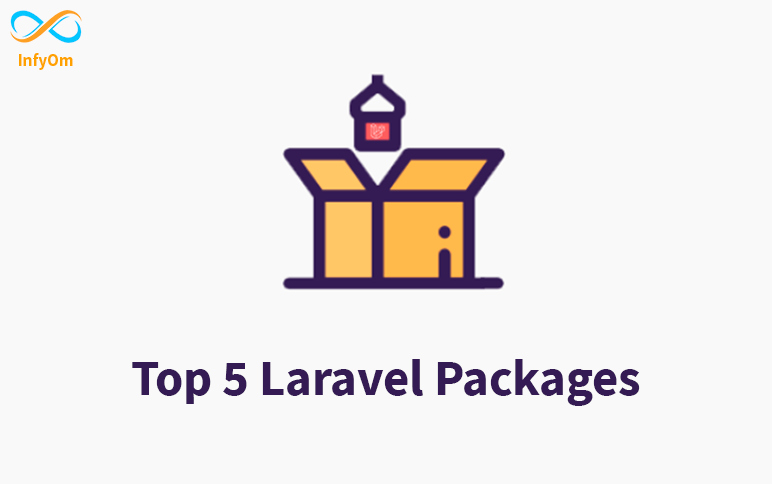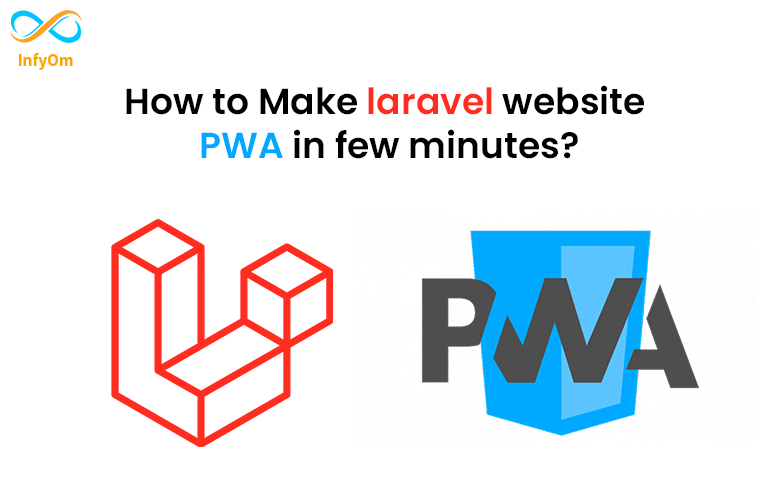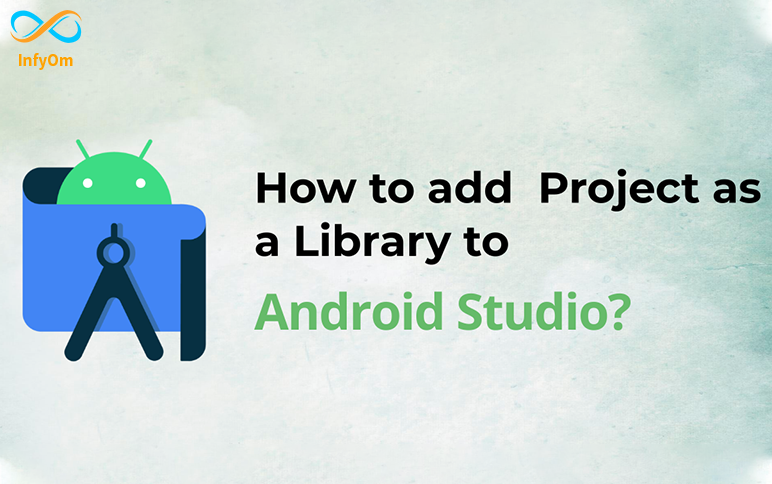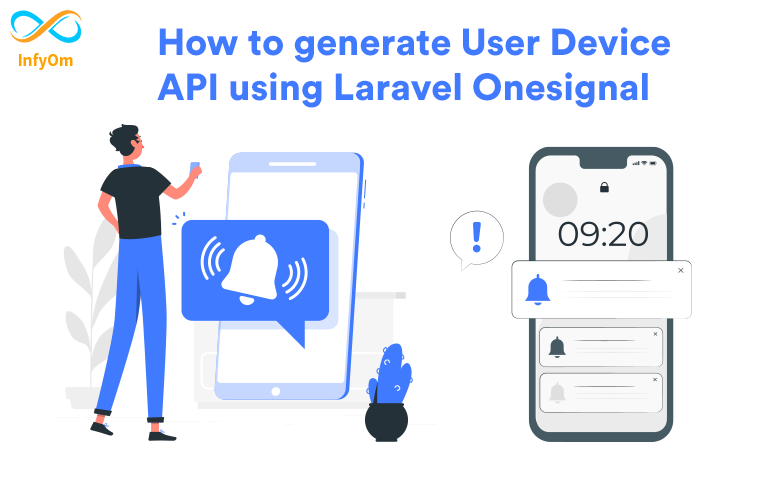Packages Posts
Top Laravel packages that you need in 2022Laravel

Top Laravel packages that you need in 2022Laravel
What is Laravel?
Laravel is the most popular PHP framework right now to develop web applications, it offers a very easy environment and services for developers.
In this blog, we are going to know about the packages that we must have to use while developing any laravel application.
Best Laravel Packages
Here we are going to see some best and top laravel packages that will help you to optimize your application performance and it's also very useful while doing the development.
IDE Helper
Github: https://github.com/barryvdh/laravel-ide-helper
It's a very helpful package and saves lots of time for the developer.
It will generate the helper file which enables our IDE to provide accurate autocompletion while doing the development.
Laravel Debugbar
Github : https://github.com/barryvdh/laravel-debugbar
This is very helpful when we have to check the page performance, in sense of how many queries are firing on the specific page? , how many models are loading? etc.
We can show the total processing time of the page, and the query results time too. by using that results we can do some refactor to our code and make our application more optimized.
Spatie Medialibrary
Github : https://github.com/spatie/laravel-medialibrary
This package is very useful when we are doing file uploads. also, it allows us to upload files to the s3 (AWS) very easily by changing just the file system driver.
The main functionality it has is it allows us to associate files with the Eloquent models.
Spatie Role Permission
Github : https://github.com/spatie/laravel-permission
It's 2022 and still, lots of developers are using the custom roles/permissions management. they even didn't familiar that this package have capabilities to manage each role/permissions management with a specific Eloquent model too.
We can assign roles or permissions to the user model or even any model. later we can check it via the middleware that this package is providing.
Ziggy
Github : https://github.com/tighten/ziggy
Before using this package you must need to implement the named routes into your laravel application.
Normally people can just provide a hardcoded URL into the JS file while doing the AJAX calls. But with this package, you can use the route we are using in blade files.
This allows us to use the route() helper method in the JS files.
How To Make a Laravel Application PWA In Few MinutesLaravel

How To Make a Laravel Application PWA In Few MinutesLaravel
Recently, I have created a new package for Laravel Community. it's called Laravel PWA. first of all what is PWA? let me explain a bit more about PWA. PWA means progressive web application. PWA provides a facility to install your web application on mobile and desktop. you don't need to write lots of line code in native platform-specific code.
You can create a PWA site in a few minutes using Laravel PWA.
You can watch the video tutorial as well to install this package.
Step 1:
Install the package by the following command,
composer require ladumor/laravel-pwaStep 2:
Add Service Provide into app.php config file in provider section. You can skip this step if you installed it in Laravel 6 and more.
Ladumor\LaravelPwa\PWAServiceProvider::class,Step 3:
Add Facade to app.php config file in aliases section. You can skip this step if you installed it in Laravel 6 and more.
'LaravelPwa' => \Ladumor\LaravelPwa\LaravelPwa::class,Step 4:
I think installation is done and no need to publish all the assets using the following command,
php artisan laravel-pwa:publishStep 5:
This step is very important. you published all the assets in the previous step. now, you need to link all the assets in your main blade file. for ex app.blade.php
Add the following code in the root blade file in the header section.
<!-- PWA -->
<meta name="theme-color" content="#6777ef"/>
<link rel="apple-touch-icon" href="{{ asset('logo.PNG') }}">
<link rel="manifest" href="{{ asset('/manifest.json') }}">Add following code in root blade file before close the body,
<script src="{{ asset('/sw.js') }}"></script>
<script>
if (!navigator.serviceWorker.controller) {
navigator.serviceWorker.register("/sw.js").then(function (reg) {
console.log("Service worker has been registered for scope: " + reg.scope);
});
}
</script>
You should watch this tutorial if you want to set it up manually instead of using this package.
How to add project as a library to Android StudioAndroid Development

How to add project as a library to Android StudioAndroid Development
But if you want to add another project as a library in your application. For that, you need to add that library project to your application as a module dependency.
1. Open Your Project in Android Studio.
2. You will find the two main directory name samples and others.
3. Go to Android Studio and navigate to File -> New -> Import Module -> Select the library path -> Finish.

4. Import-Module from Directory.

5. Then right-click on the App directory -> Open Module Settings -> Dependencies -> Click on + button inside Declared Dependencies -> Module Dependency -> Select your library -> Ok.


Another way to add Module Dependency
- Open
build.gradleOf the main module
dependencies {
implementation project(":sample")
}There can be a situation when we need to modify the library code according to our requirement then in that case we can follow this method.
How to generate User Device API using Laravel One SignalLaravel

How to generate User Device API using Laravel One SignalLaravel
Generally, we are using a Laravel One Signal package for push notification. if you are planning to use one signal in the mobile application then this package right for you.
Recently, I add a new feature UserDevice. let me explain why I added support for user Device APIs.
We need to create an API to register a device because One Signal sends a push notification using os player id. so, we need to store os_player_id in the backend from the mobile application. So, need to create an API for it.
Now. you can save your time using this package. you can Generate APIs using one artisan command,
php artisan one-signal.userDevice:publish
This command generates the following files,
- UserDeviceAPIController
- UserDeviceAPIRepository
- UserDevice (model)
- Migration So, everything is ready in minutes and delivered an API on the spot.
Also, do not forget to add the following routes to the api.php file.
use App\Http\Controllers\API\UserDeviceAPIController;
Route::post('user-device/register', [UserDeviceAPIController::class, 'registerDevice']);
Route::get('user-device/{playerId}/update-status', [UserDeviceAPIController::class, 'updateNotificationStatus'])How to setup passwordless Login In LaravelLaravel

How to setup passwordless Login In LaravelLaravel
Basically, we set up email/username and password login in all our projects. but, sometimes we need to implement s passwordless login in the laravel application,
First of all, what is passwordless login? passwordless login is an authentication method that allows the user to log in without entering a password.
In this article, I show you how to set up passwordless login laravel step by step.
Step 1:
one great laravel package Laravel Passwordless Login provides the ability to log in without a password.
This package provides a temporary signed URL link that logs in a user, What it does not provide is a way of actually sending the link to the route to the user. This is because I don't want to make any assumptions about how you communicate with your users.
Step 2:
Open the terminal and go to the project directory and fire the following command to install
composer require grosv/laravel-passwordless-loginStep 3:
Configure the following variables in your env file
LPL_USER_MODEL=App\User
LPL_REMEMBER_LOGIN=false
LPL_LOGIN_ROUTE=/magic-login
LPL_LOGIN_ROUTE_NAME=magic-login
LPL_LOGIN_ROUTE_EXPIRES=30
LPL_REDIRECT_ON_LOGIN=/
LPL_USER_GUARD=web
LPL_USE_ONCE=false
LPL_INVALID_SIGNATURE_MESSAGE="Expired or Invalid Link"Step 4:
Create one function in your login controller. it looks like
use App\User;
use Grosv\LaravelPasswordlessLogin\LoginUrl;
function sendLoginLink(\Request $request)
{
$user = User::where('email','=', $request->get('email))->first();
$generator = new LoginUrl($user);
$url = $generator->generate();
//OR Use a Facade
$url = PasswordlessLogin::forUser($user)->generate();
$data['url'] = $generator->generate();
$data['user'] = $user;
Mail::to($user->email)->send(new UserLoginMail($data));
return back();
}Step 5:
Set following route in your web.php
Route::post('/user/login', [LoginController::class, 'sendLoginLink'])->name('userLogin');Step 6:
Create one mailable. you can refer to a doc if not familiar. Also, fire the following command to create a mailable
php artisan make:mail UserLoginMailStep 7: Create an Email UI as per your requirement.
How to implement Mailchimp into Gatsby SiteGatsby

How to implement Mailchimp into Gatsby SiteGatsby
We have recently developed a site into the gatsby. Basically, the contact us feature is common on all websites. and we are implementing Mailchimp because it's a very popular platform in the email market. So, I will show you how to set up a Mailchimp on the Gatsby site.
Using gatsby-source-mailchimp
Use your Mailchimp API key to download your campaigns into Gatsby’s GraphQL data layer! Install the package by running the following command: npm i gatsby-source-mailchimp --save. How to configure Once the installation is complete, you can now add this plugin to your gatsby-config.js, like so: Configure Mailchimp Key and add this {resolve: gatsby-source-mailchimp} into the plugins array. code looks like,
module.exports = {
// ...
plugins: [
{
resolve: 'gatsby-source-mailchimp',
options: {
// Avoid including your key directly in your file.
// Instead, opt for adding them to .env files for extra
// security ;)
key: 'asd712jdas90122jdas90122jkadsd1-usXX',
rootURL: 'https://usXX.api.mailchimp.com/3.0',
},
},
],
// ...
}This plugin was made out of a specific necessity, so it doesn't cover all of Mailchimp’s data sources, focusing only on campaigns.
This plugin provides a few options. you can refer here
Using .env variables to hide your key
If you don’t want to attach your API key to the repo, you can easily store it in .env files by doing the following:
Put this in your .env file
MAILCHIMP_KEY = 'asd712jdas90122jdas90122jkadsd1-usXX';Put this in your gatsby-config.js file
require('dotenv').config({
path: `.env.${process.env.NODE_ENV}`,
});
module.exports = {
// ...
plugins: [
{
resolve: 'gatsby-source-mailchimp',
options: {
key: process.env.MAILCHIMP_KEY,
rootURL: '[https://usXX.api.mailchimp.com/3.0',](https://usxx.api.mailchimp.com/3.0%27,)
// ...
},
},
],
// ...
};How to use AdminLTE theme with Laravel FortifyLaravel

How to use AdminLTE theme with Laravel FortifyLaravel
Recently, the Laravel team announced a Laravel Fortify. A framework agnostic authentication backend for Laravel applications. It provides registration, authentication along with two-factor authentication.
As said above, it is framework agnostic, so it doesn't provide any blade views with it. You can implement views of your choice of the frontend. Blade, Vue, React with Bootstrap or TailwindCSS, or any other CSS framework.
Today we are going to see how we can use Laravel Fortify with one of the most popular Bootstrap 4 theme AdminLTE v3.
We can actually do that in minutes with the package that we already developed called Laravel UI AdminLTE
This package also works with the previous laravel version to have an authentication system with Laravel UI for Laravel Frontend Scaffolding.
Let's see step by step, how we can do that.
Install Packages
Install Laravel Fortify and Laravel UI AdminLTE by the following command,
composer require laravel/fortify infyomlabs/laravel-ui-adminlte
Publish Fortify Resources
This command will publish all required actions in the app/Actions directory along with the Fortify configuration file and migration for two-factor authentication.
php artisan vendor:publish --provider="Laravel\Fortify\FortifyServiceProvider"
Run Migrations
Then run migrations,
php artisan migrate
Add Fortify Service Provider
Next step, add published FortifyServiceProvider to config/app.php
Run AdminLTE Fortify Command
Run the following command,
php artisan ui adminlte-fortify --auth
Install Node Modules and Run a Build
As a next step, install required npm modules and run a build,
npm install && npm run dev
And we are done. Now visit the home page and you should be able to see the full authentication system working including,
Login Registration Forgot Password Reset Password Home page
Laravel AdminLTE UI also provides a starting layout with a sidebar menu and header once you login. so you are all set to go.
Laravel Packages we use everyday at InfyOmLaravel

Laravel Packages we use everyday at InfyOmLaravel
Lots of people ask me frequently, "Which are the laravel packages that you use in almost all projects?" when we meet in Meetup or any other events regardless of its online or physical events.
Let me describe today some of the packages that we almost use in all of the projects.
We have been working in Laravel for almost 7+ years and in these years we have used lots of packages, some from the community and some of our own.
I am categorizing these into 2 categories.
- Most used packages
- Common Need/Functionality specific packages
Most used packages
These are the packages which must be included in all of our projects. No Excuses.
barryvdh/laravel-ide-helper
Laravel exposes a lot of magic methods and properties. IDE Helper is a very good package when it comes to auto-complete those properties and methods. Even it does an amazing job while refactoring properties or methods of the model.
barryvdh/laravel-debugbar
The second one is from the same author, debugbar helps to debug the request in terms of the number of queries fired, time taken by each query, number models retrieved from db, time taken by each request, and much more.
imanghafoori/laravel-microscope
Laravel Microscope improves the readability of your code. Early returns, unnecessary else statements, and many more. so your code looks clean and efficient in terms of execution as well.
beyondcode/laravel-query-detector
One of the problems that we face is, missing eager loading. In ongoing development, sometimes we add relationships objects in the loops, and then laravel fires tons of queries to the database. Laravel Query Detector detects that and gives a warning while developing the environment.
InfyOmLabs/laravel-generator
No application can be ever built without a few CRUDs. CRUDs are essential in almost all web applications. Also, APIs of CRUDs are essential while building a backend for Mobile or Frontend apps. Laravel Generator is our own developed package that we use in all of the applications to make the CRUD building process faster. It can be used with two themes right now, AdminLTE and CoreUI. But it's also frontend framework agnostic.
Common Need/Functionality specific packages
These are the packages that are used when we particularly need that kind of functionality in the application.
- Single Page application without JS - Livewire
- Role Permissions - spatie/laravel-permission
- Media Management - spatie/laravel-medialibrary
- Full Text Search - Laravel Scout
- Payment - Laravel Cashier
- Frontend Scaffolding - Laravel UI AdminLTE & Laravel UI CoreUI
- APIs token management - Laravel Sanctum
- Realtime Apps - Laravel Echo with Pusher & Laravel Echo Server
- One Signal - Shailesh OneSignal
Will keep this list updating.



